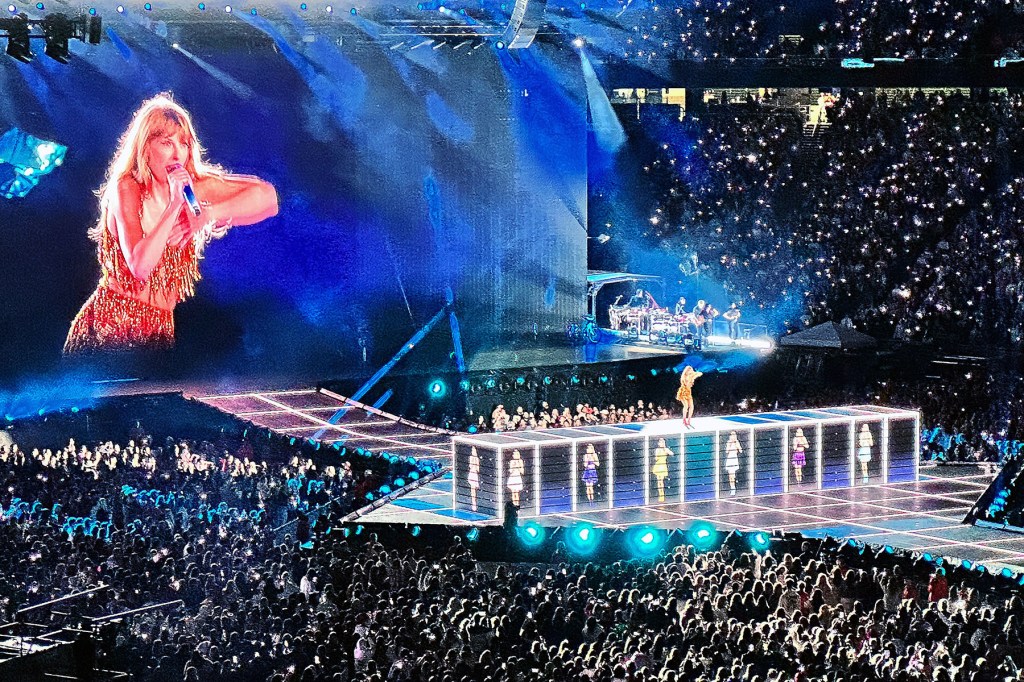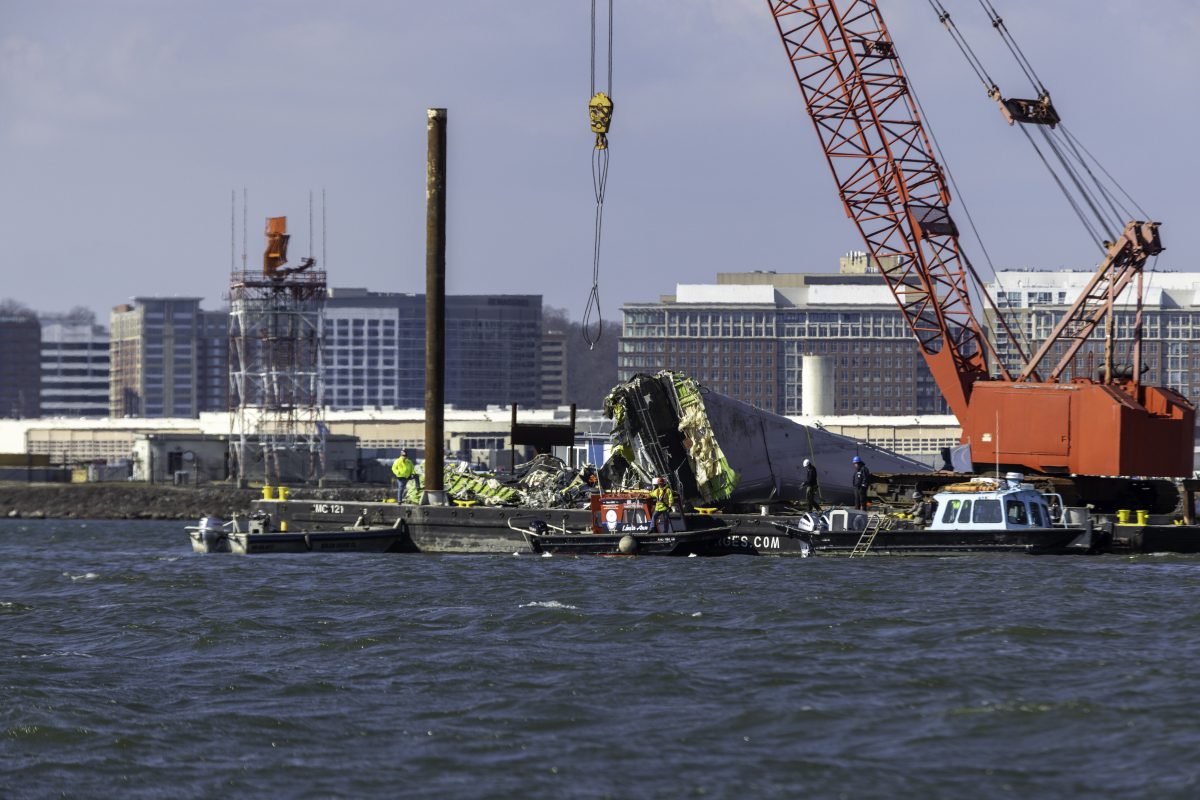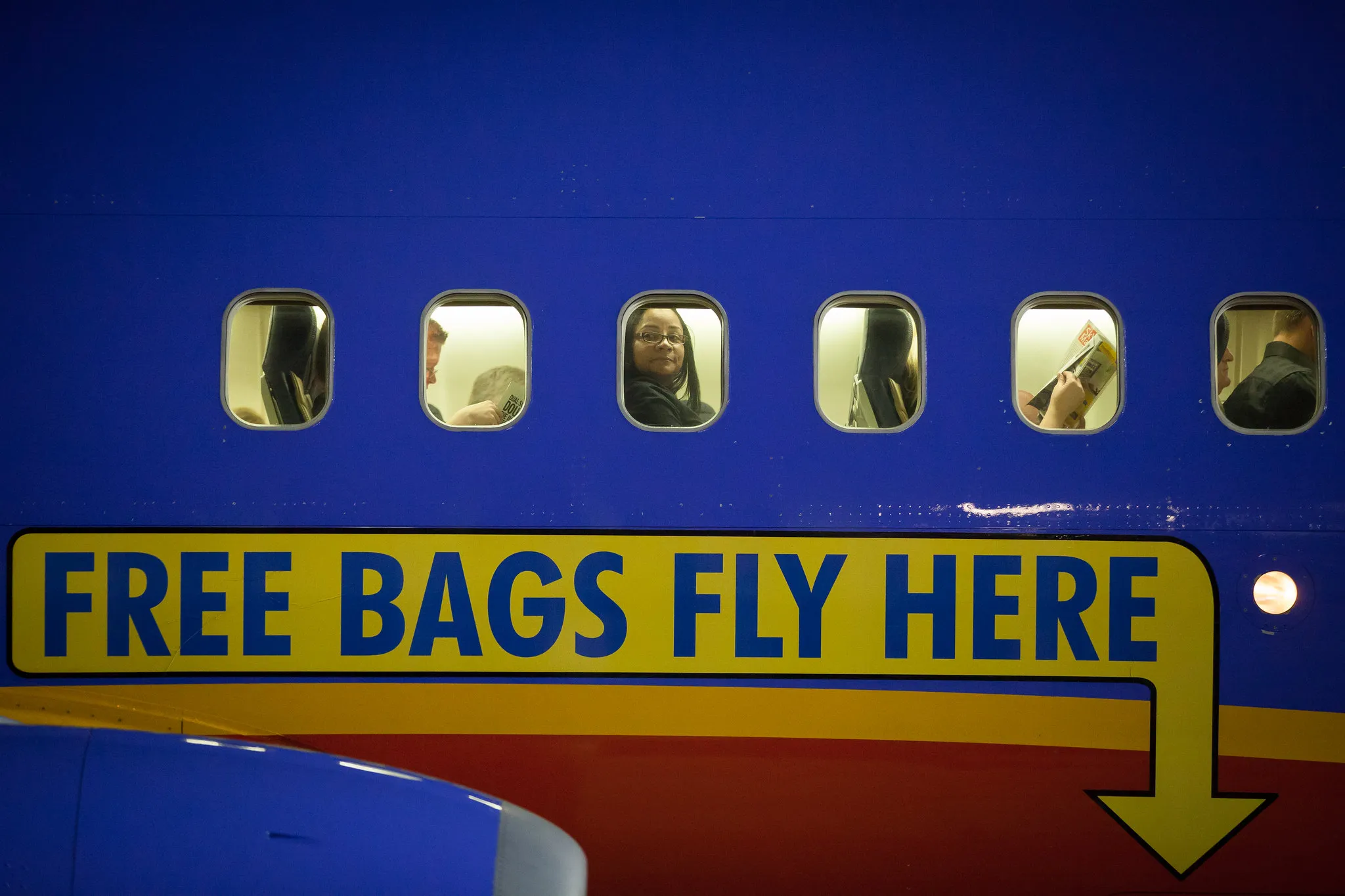The Rise of Live Tourism: How Shared Experiences Shape Our Future

Skift Take
We live in an era that, paradoxically, is both hyper-connected and deeply fragmented. Social media bridges continents, yet loneliness and polarization persist. Against this backdrop, travel for major events and experiences has emerged as a powerful force for reconnection.
We're calling it Live Tourism.
It’s about reclaiming the joy of shared, in-the-moment human experiences. This is travel redefined, not as a solitary escape but as a communal celebration.
Live tourism refers to traveling with the purpose of participating in or witnessing live events, from global spectacles like the Olympics to intimate experiences, such as music festivals or natural wonders like solar eclipses. Beyond personal enjoyment, it drives economic growth, fosters cultural exchange, and builds geopolitical soft power.
Let’s break down how live tourism operates, why it matters, and where it’s headed.
Live Tourism: A Tale as Old as Time
Traveling for live events isn’t new. Ancient Greece saw spectators traveling across the Mediterranean for the Olympics, and religious pilgrimages have shaped human history for millennia. However, the modern incarnation of live tourism transcends these early roots. Advances in technology, urbanization, and a global appetite for experiences have propelled live tourism to unprecedented heights.
Live tourism can be a huge driver of destination choice AND provide a sense of urgency to visit a place.
Research tells us that there are many places on our short list to visit. But knowing that the stuff we want to see and experience will always be there means there’s no rush. Live tourism gives that urgency and can skyrocket a short listed destination to the top.
Taylor Swift’s record-breaking Eras Tour didn’t just dazzle fans — it became an economic phenomenon, revitalizing local businesses wherever she performed. Meanwhile, the T20 Cricket World Cup highlighted cricket's growing influence in North America.
The numbers underscore the trend: Sports tourism alone was worth $564.7 billion in 2023, projected to grow to $1.33 trillion by 2032, while music tourism is expected to reach $13.8 billion within the next decade.
Cities: The Epicenters of Live Tourism
Cities, long the heart of human gatherings, have become the lifeblood of live tourism. Their infrastructure, cultural assets, and accessibility make them natural hubs for these events. From Madison Square Garden in New York City to Coachella in California, these urban centers turn events into cultural cornerstones.
Urban transformation often follows in the wake of large-scale events. Barcelona’s preparation for the 1992 Olympics not only modernized the city but positioned it as a global tourism hotspot. Paris’s work for the 2024 Olympics is similarly forward-thinking, incorporating eco-friendly initiatives to showcase a sustainable approach to event hosting.
Case Studies: The Power of Live Tourism
Las Vegas and The Sphere: Las Vegas has shed its exclusive "Sin City" image to become a global hub of live entertainment. The Sphere, an immersive venue hosting cutting-edge concerts, exemplifies how live tourism can redefine how we experience events.
Qatar’s FIFA World Cup: The 2022 FIFA World Cup in Qatar was a masterclass in leveraging live tourism for geopolitical gain. By drawing fans from all over the globe, Qatar used the event to boost its international profile and economic diversification efforts.
T20 Cricket World Cup: By hosting this event, the U.S. and Caribbean highlighted cricket's untapped potential in North America, both as a sport and a cultural phenomenon.
The Economic Powerhouse of Live Tourism
Live tourism isn’t just about moments; it’s an economic engine. Events generate immediate revenue streams through ticket sales, hotel bookings, dining, and transportation. For instance, the “Taylor Swift Economy” has been credited with unprecedented boosts to local businesses during her concert stops.
The benefits extend far beyond the events themselves. Investments in infrastructure, increased global visibility, and the creation of long-term jobs leave a lasting impact on host cities and nations.
Nations are leveraging live tourism to bolster their international standing through soft power. Saudi Arabia’s Vision 2030, for instance, includes hosting global events as a strategy to modernize its image and attract foreign investment. It is even building a whole giant live entertainment and sports megaproject called Qiddiya, around what it calls the concept of Play. Similarly, India’s leadership during its G20 presidency has positioned the country as a major player in global diplomacy, using events to showcase its economic and cultural strengths.
Sector Impact of Live Tourism
- Airlines and Airports: Major events drive spikes in air travel demand. Airlines frequently add routes or deploy larger aircraft to meet this surge. Ancillary revenue streams, such as premium ticket packages and chartered flights, provide opportunities to boost profitability.
- Ground Transportation: The demand for local mobility soars during live events, benefiting taxis, ride-sharing platforms, and public transit. Many host cities invest heavily in transportation infrastructure to enhance mobility, with long-term benefits for residents.
- Hotels and Short-Term Rentals: Events often push hotel occupancy rates near 100%, with pricing spikes of up to 300–500%. Platforms like Airbnb, offering fan-zone proximity packages and themed accommodations, have become pivotal players in the live tourism ecosystem.
- Food and Beverage: Local eateries thrive during events, creating special menus tied to the occasion. For many small businesses, these events represent their most profitable periods.
- Retail: Merchandising linked to live events sees a massive uptick. Local retailers, particularly those near venues, often report record sales during peak tourism seasons.

Technology and the Future of Live Tourism
Technology is reshaping the live tourism experience. Platforms like GetYourGuide, Viator and Klook simplify event-driven travel planning. Virtual reality (VR) and augmented reality (AR) enhance live experiences, adding layers of immersion.
Meanwhile, digital ticketing and live streaming extend the reach of events to global audiences, ensuring inclusivity for those unable to attend in person.
Challenges Facing Live Tourism
While live tourism offers immense benefits, it also poses challenges.
- Sustainability: Large events can strain local environments, leading to issues like waste accumulation and increased carbon emissions. Host cities must balance economic ambitions with environmental responsibility.
- Overtourism: The influx of visitors can overwhelm communities, resulting in overcrowding, higher living costs for residents, and potential degradation of cultural landmarks.
- Accessibility: Live tourism often caters to those who can afford high ticket prices and associated travel costs. Ensuring inclusivity and equitable access remains a significant hurdle.
- Cultural Commodification: There is a risk that local cultures may be oversimplified or altered to cater to tourist expectations, potentially undermining their authenticity.
The Aftermath of Live Events: Sustaining Momentum
Live events are powerful catalysts for tourism and recognition, but without long-term strategies to sustain the buzz, their impacts can fizzle out. High-profile examples like India’s G20 presidency in 2023 and Qatar’s FIFA World Cup in 2022 highlight this risk.
India showcased its global stature during the G20, drawing thousands of delegates and putting its cities on the world map. Yet, the absence of follow-up campaigns and consistent branding has made it difficult to maintain visibility and translate the influx of visitors into sustained growth.
Similarly, Qatar’s FIFA World Cup was a cultural and logistical marvel. However, with few follow-up events to utilize the infrastructure and keep global interest alive, its investments risk becoming relics rather than enduring catalysts for tourism growth.
Avoiding the Post-Event Pitfall
To ensure long-term success, host cities must prioritize strategies that capitalize on an event’s momentum:
- Develop Follow-Up Events: Create a calendar of annual festivals or sporting events to maintain interest and utilize infrastructure.
- Leverage Branding: Invest in sustained marketing campaigns to position the destination as a must-visit location.
- Integrate Local Heritage: Convert event venues into multi-use community spaces tied to local culture, avoiding the “white elephant” effect.
- Collaborate with the Private Sector: Incentivize businesses to innovate and invest in post-event campaigns.
- Maximize Infrastructure: Ensure new transit systems or venues serve local communities while attracting future business and leisure travelers.
The Experiential Economy and Why Live Tourism Matters
In today’s economy, experiences hold greater value than material goods. Live tourism is the epitome of this shift, offering memories that linger long after the event. It fosters connection, drives economic growth, and strengthens cultural exchange.
The challenge lies in sustaining innovation while ensuring sustainability and inclusivity. If done right, live tourism can transition from a fleeting trend to a cornerstone of global tourism, reminding us of the enduring power of shared human experiences to connect us all.





